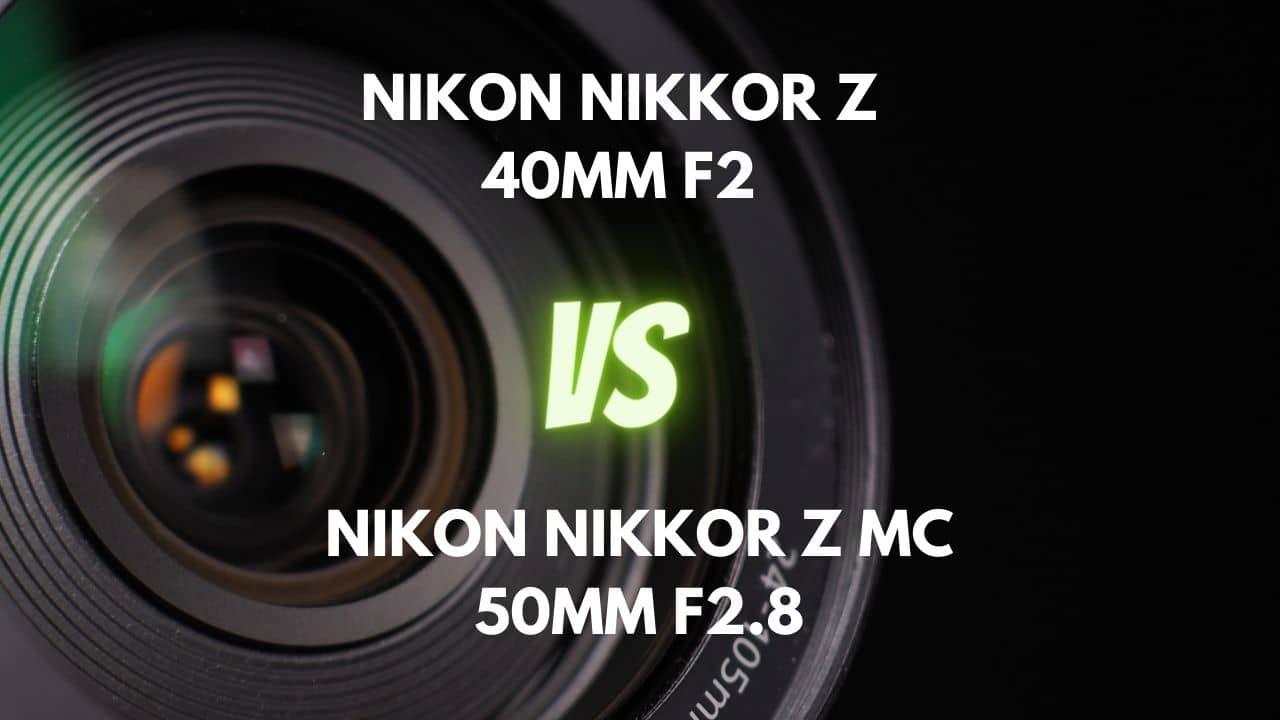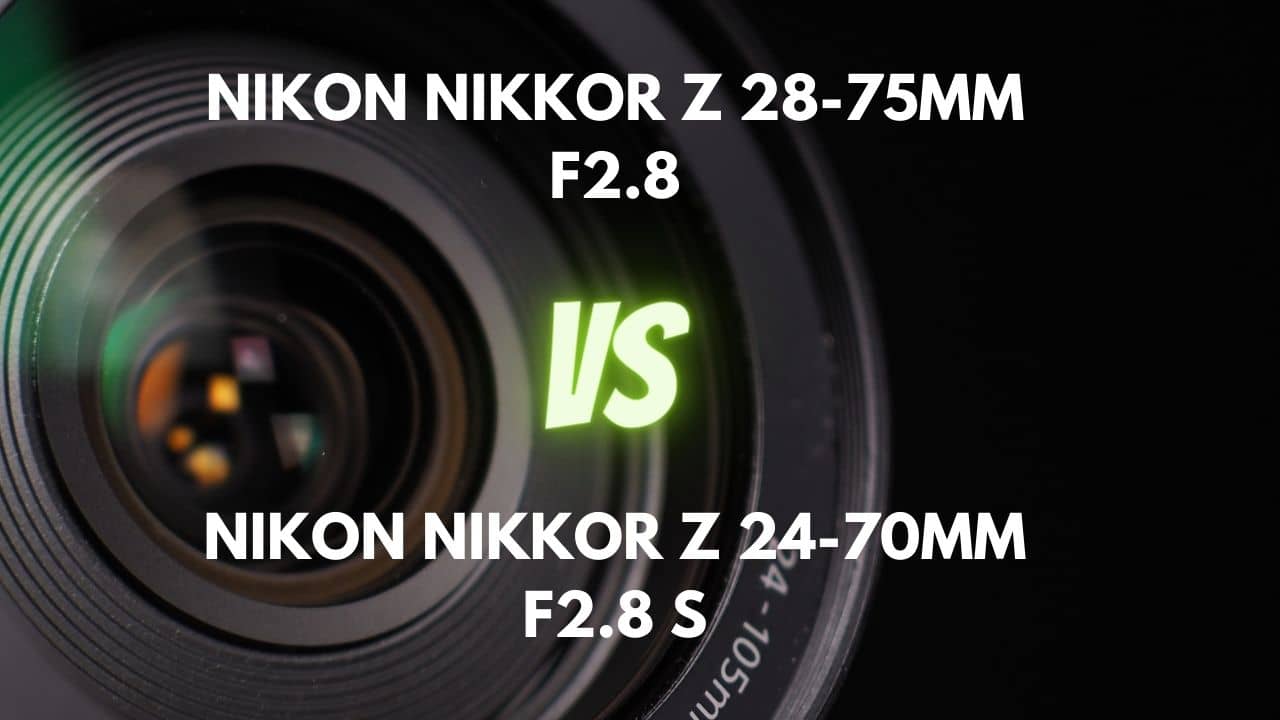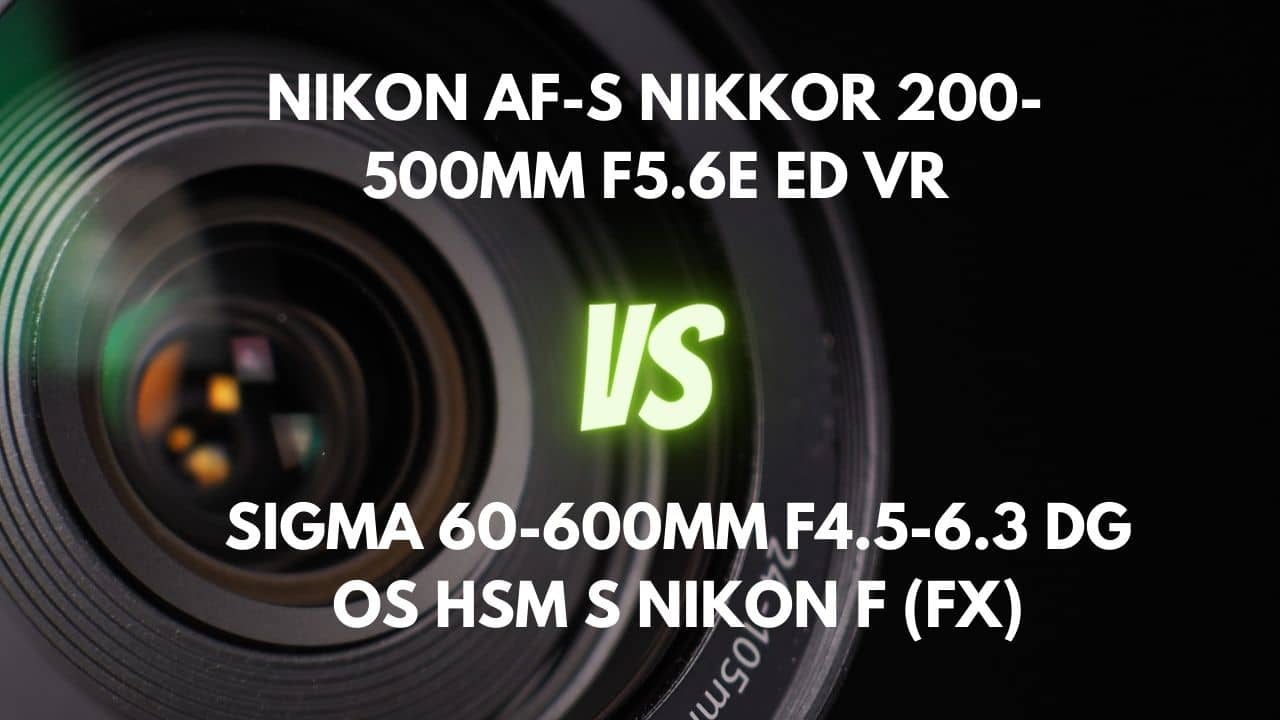Depth of field is an important concept in photography as it allows you to control the area of focus and blur the background or foreground to draw the eye to the subject.
Depth of field makes it easier to create a focal point and add dimension to your images by providing insight into the environment and subjects.
By using a shallow depth of field, you can isolate the subject and emphasize its features, while with a deep depth of field, you can ensure that the entire scene is sharp and bring attention to small details.
There are several factors that influence depth of field, such as lens aperture, focal length, and subject distance.
In this article, we will discuss how these factors affect depth of field and some other related factors.
Let’s dive right into it.
The only three things that affect depth of field
Aperture
Aperture is an important aspect of photography as it affects exposure, depth of field, and image quality. Aperture is the amount of light that passes through the diaphragm of a lens, which is controlled by a set of overlapping metal blades.
Aperture is often written in f-stops, with lower f-stops (f/1.4, f/2, f/2.8) representing larger apertures and higher f-stops (f/11, f/16) defining smaller apertures.
A large (wide) aperture allows more light to enter the lens and result in brighter photos, while a small (narrow) aperture allows less light to enter the lens and result in darker images.
The aperture is the easiest and most manageable way to control the depth of field, which is the area of an image that appears to be in focus.
Aperture affects depth of field in the following ways:
- A small (narrow) aperture will result in a deep (more) depth of field, meaning that a larger distance between objects within the frame can be in focus.
- A large (wide) aperture will result in a shallow (less) depth of field, meaning that only a small distance between objects within the frame can be in focus.
Narrow apertures are frequently used in landscape photography, as a deep depth of field is needed to ensure both the foreground and background are sharply in focus.
In theory, the smallest aperture of the lens, such as f/16 or f/22, should be used to achieve maximum sharpness.
Unfortunately, such a narrow aperture can cause light to become distorted when it passes through the lens, resulting in a less sharp image.
For these reasons, the most commonly used aperture range for landscapes is between f/8 and f/13.
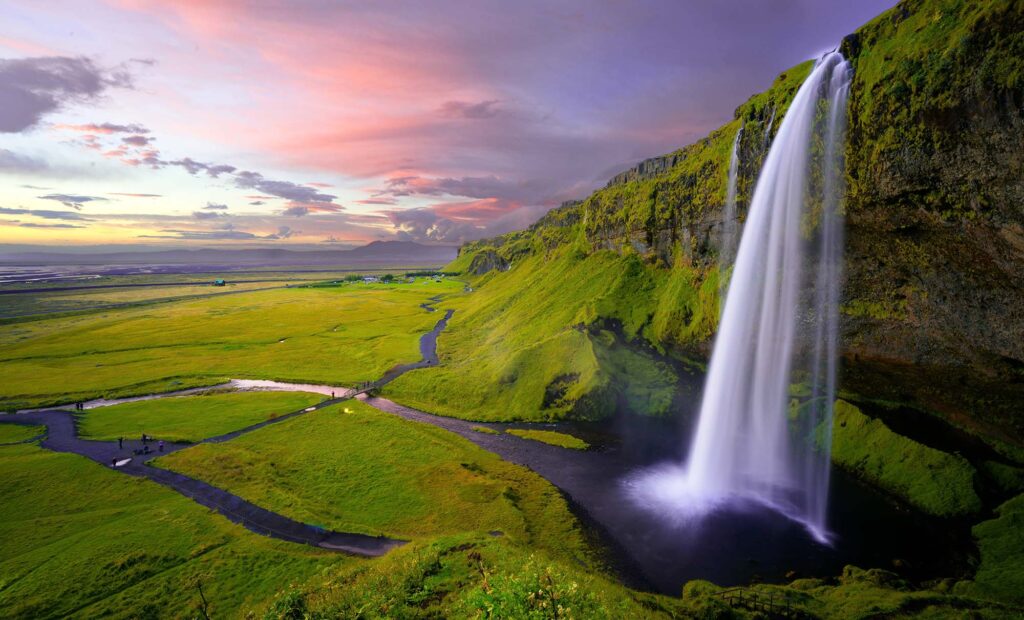
Conversely, portrait photography emphasizes the subject and makes them stand out. That is why some photographers use large aperture lenses that allow for a buttery background blur.
This will help draw attention to the subject and give an extra charming boost.
The best aperture for this type of photography typically ranges from f/1.2 to f/2.8.
With these settings, you can expect a creamy, smooth, out-of-focus background that will direct the viewer’s eyes to the subject.
For a couple or group, using a larger f-stop — around f/5.6 — will help keep everyone focused for the best results. With that setting, you’ll be able to capture an image that accurately reflects the moment and the connection between each individual.

Distance to Subject
Changing the distance between your camera and the subject impacts the depth of field.
The closer you place your camera to your subject, the shallower the depth of field.
On the other hand, placing your camera further away from your subject increases the depth of field.
For example, a close-up portrait will appear to have a blurred background, while a landscape photograph taken far away will show both the foreground and distant objects in focus.
Are you looking to get the sharpest possible photographs in landscape photography with a maximum depth of field?
If so, then the hyperfocal distance is there to help!
Hyperfocal distance is a focusing distance that will give your photos the most significant depth of field.
When you focus on a particular point between the foreground and the background, elements of the scene appear reasonably sharp.
Some lenses, especially manual-focus primes, have a focusing scale that shows how much depth of field you will have at any given aperture, including near and far distances that will be sharp.
Use this calculator to calculate a photo’s hyperfocal distance and get the perfect shot!
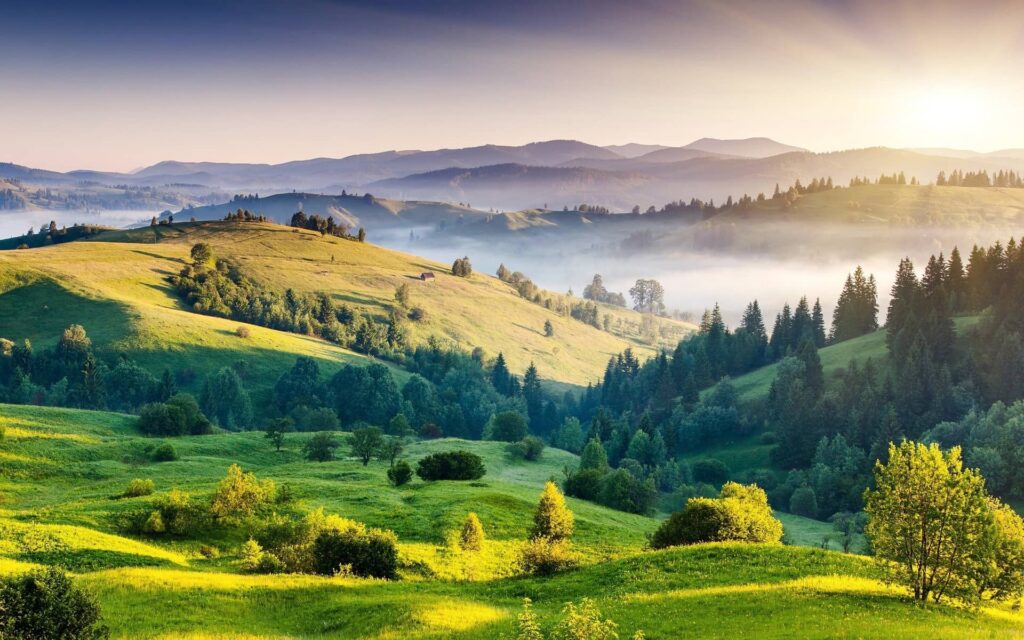
Focal Length
The focal length of a lens is the distance, in millimeters, from the optical center of the lens to the camera’s sensor or film plane.
It is an optical property of the lens, and it determines the angle of view, or how much of the scene can be captured in a photograph. The shorter the focal length, the wider the angle of view, and vice versa.
It’s the third factor that affects depth of field.
Longer focal lengths cause less refraction of light, resulting in a shallower depth of field as the out-of-focus intersections occur further away from the image plane.
On the other hand, shorter focal lengths cause more refraction of light, resulting in a deeper depth of field as the out-of-focus intersections occur closer to the image plane.
Simply put, wide-angle lenses tend to have a longer (deeper) depth of field, while telephoto lenses tend to have a shorter (shallower) depth of field.
Unfortunately, controlling the depth of field by adjusting the focal length of your lens can be tricky.
As you change your distance from the subject, the composition of your image changes as well.
That’s why it’s often best to use the f-stop to control depth of field, allowing you to shoot with any focal length at any distance.
Remember that when shooting at high f-stops (small aperture), you may need to adjust the shutter speed and use a tripod and cable release to ensure a good result.
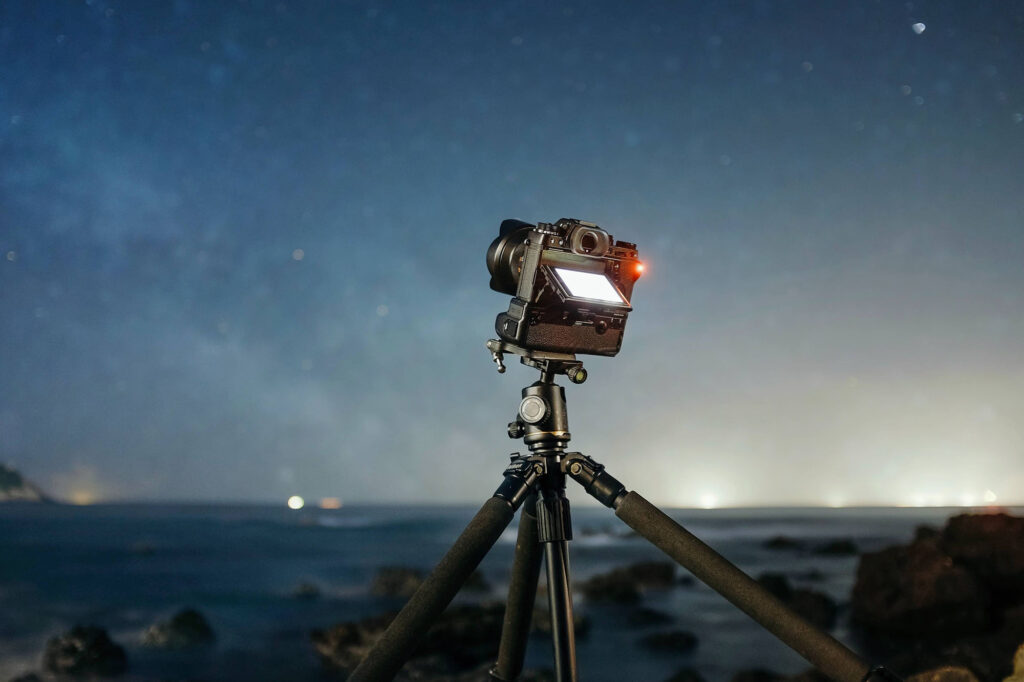
The other factors that may confuse us
Camera Sensor Size
Most photographers believe that larger sensor sizes produce images with a shallower depth of field, but that’s not exactly true.
The sensor size itself does not produce a shallower depth of field. Still, bigger sensors will force photographers to move closer to their subjects or to use longer lenses to create similar fields of view to a smaller-sensor camera.
Moving forward and increasing your focal length will decrease the depth of field.
In the video below, Lee Morris from Fstoppers explains how camera sensor size affects the depth of field of a photo.
He describes how different elements such as resolution, image size, distance to the subject, and lens settings can impact the depth of field. Moving the camera further away, using longer lenses, and changing the aperture can also change the depth of field. In addition, larger sensors tend to encourage photographers to use longer lenses or move farther away, which can result in a shallower depth of field.
Shutter Speed
The relationship between shutter speed and depth of field is indirect – it’s governed by the aperture.
shutter speed affects the aperture, which in turn affects the depth of field.
To match the light in a picture, you should adjust your shutter speed with respect to your chosen aperture to avoid images being under or overexposed.
Ultimately, the combination of shutter speed and aperture you choose will determine what depth of field you achieve.
ISO
Similar to the shutter speed, ISO can only indirectly affect DOF.
Choosing a higher ISO setting gives your camera increased light sensitivity. As a result, you can select a faster shutter speed or a smaller aperture – perfect for capturing shots with a deep depth of field!
For instance, if you want to maximize the depth of field in macro work, you can choose a high ISO, such as ISO 800, instead of ISO 100.
Teleconverter
A teleconverter is a device that connects a camera body and lens to magnify the image created by the lens.
It works by increasing the lens’s focal length, allowing for greater image magnification. This can be useful for capturing distant subjects or creating more detailed images.
A teleconverter does not affect the depth of field. This is because when a teleconverter is used to magnify the image, it does not change the physical size of the aperture of the primary lens – only its projected image.
A teleconverter simply takes the image from the primary lens and magnifies it, which means the depth of field remains the same.
So if you had a 400 f/2.8 lens and used a 2x teleconverter, then the resulting 800 f/5.6 lens would have the exact same depth of field as a 400 f/2.8 lens.
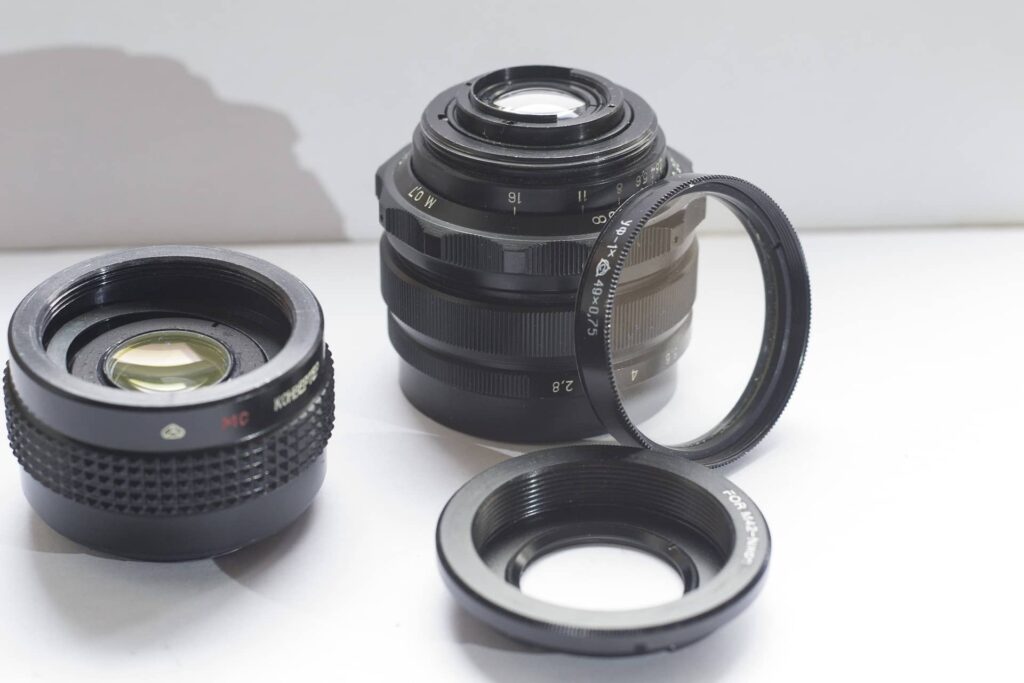
ND Filter
A neutral density filter is a camera filter that blocks light from entering the lens.
It is placed between the lens and the subject to reduce light and does not alter the color of the light entering the camera and lens.
ND filters can affect depth of field, but not directly. They allow you to reduce the maximum shutter speed of a camera in very bright light, enabling you to use larger apertures while still capturing the same amount of light. This increases the background blur and subject isolation, thus giving you a shallower depth of field.
Summary
As you have seen in this article, depth of field can be affected by a variety of factors.
The most important thing to remember when shooting with a shallow depth of field is that it takes practice and patience. Through trial and error, you will discover what works best for your particular style of photography.
Remember that a shallow depth of field can create stunningly beautiful images when used correctly, so don’t be afraid to experiment and push the boundaries of your photography.



